Landscape Paving 101: How to Use Bluestone in Your Garden
http://decor-ideas.org 07/14/2015 12:03 Decor Ideas
Bluestone is a common name for many different stone types around the world. In the United States, bluestone refers to a type of sandstone quarried on the East Coast with a predominantly blue to blue-gray color. It’s a popular paving material because it brings a beautiful hue to the garden and is suitable for modern as well as rustic styles.
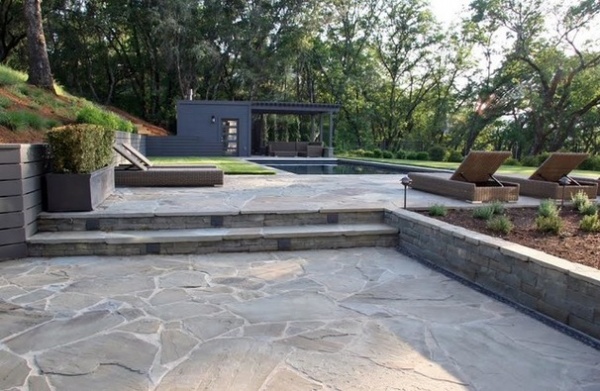
The basics: Bluestone has a gorgeous color that fits well in many different types of gardens. Rectangular cut bluestone creates clean lines and refined edges, while a flagstone shape is a great addition to a woodland path or a more naturalistic garden.
Cost: $17 to $25 per square foot installed. Expect to pay more if shipping to the West Coast.
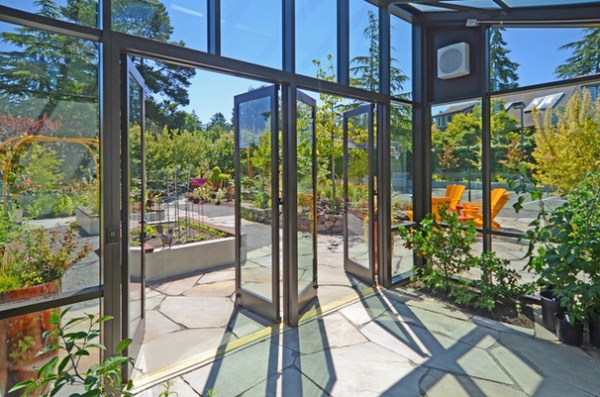
Pros
Durable and tough; won’t crackEarthy blue-gray color that matches many settingsCan be used inside and outCoordinates well with bluestone steps, walls and ledges Low-maintenanceCons
More expensive than concrete pavers or brickMost easily found on the East Coast, where it is quarried
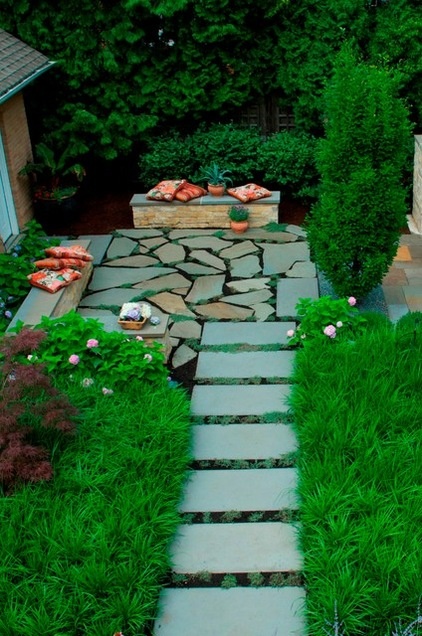
Size and color: Bluestone is available in cut stone or flagstone sizes. Cut stone, also called bluestone pavers, has reliable dimensions in rectangular and square shapes. Sizes for bluestone can range from up to 36 by 36 inches down to 4 by 6 inches. Flagstones, with their irregular edges and naturalistic look, are specified by a width range. Both types can be purchased by the pallet or ton.
The exact color of bluestone depends on where it is sourced. The quintessential “blue” is called Pennsylvania bluestone and is quarried in Pennsylvania and New York. Other colors include tones in the blue-tan and blue-gray spectrum.
Finishes: Bluestone paving can be rough, called “natural cleft,” or smoother, with a thermal finish. Both are suitable as a walking surface. Natural cleft is a type of split-face surface in which the stone is split along naturally occurring fissures. Thermal is a heat process that creates a consistent surface.
Other finishes are available for architectural bluestone, but thermal and natural cleft are the most widely used for paving applications.
Shown: Cut-stone paver steps leading to a flagstone patio.
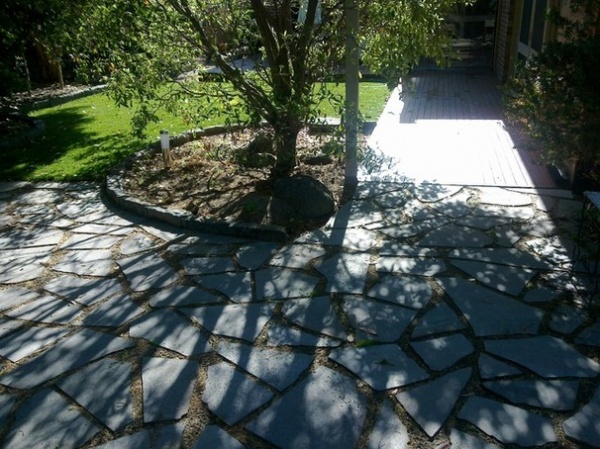
Maintenance: Bluestone is low-maintenance; it requires a gentle pressure washing every few years to keep the surface clean. As with other types of pavers, it can be reset if the stones settle unevenly on a sand setting bed.
Shown: Flagstone-shaped bluestone laid in an irregular pattern next to a planting bed and concrete walkway.
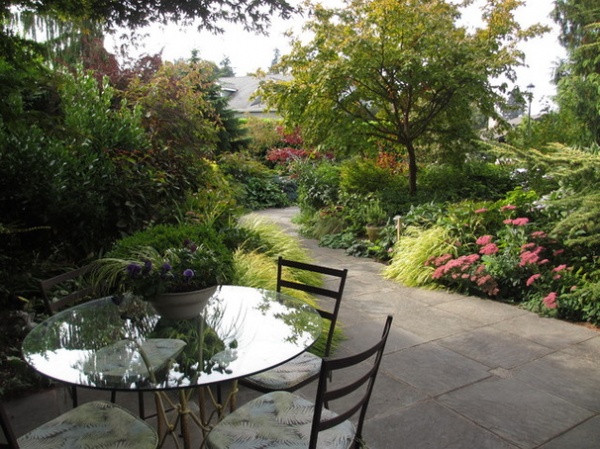
Sustainability: Bluestone’s durability and long life give it some points for sustainability. It’s an excellent local stone to use if you are in the Northeastern United States.
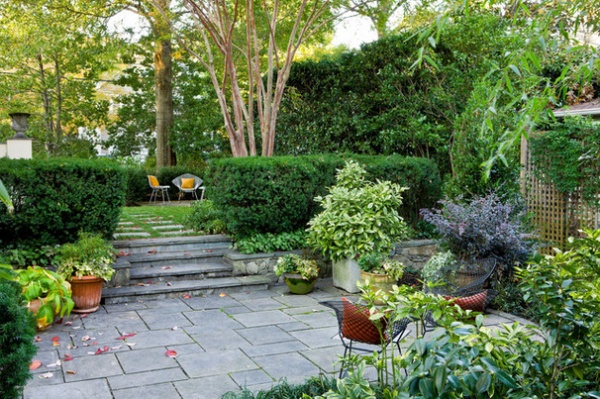
Paving patterns: Rectangular slabs are set edge to edge. Ashlar is the pattern for combining multiple sizes of squares and rectangles into one layout, as shown here, and is the most common bluestone paving pattern. Running bond is another common layout for bluestone. With flagstone shapes, you can create more organic layouts.
More:
See more ways to use bluestone in the landscape
Browse more patio ideas
Related Articles Recommended












